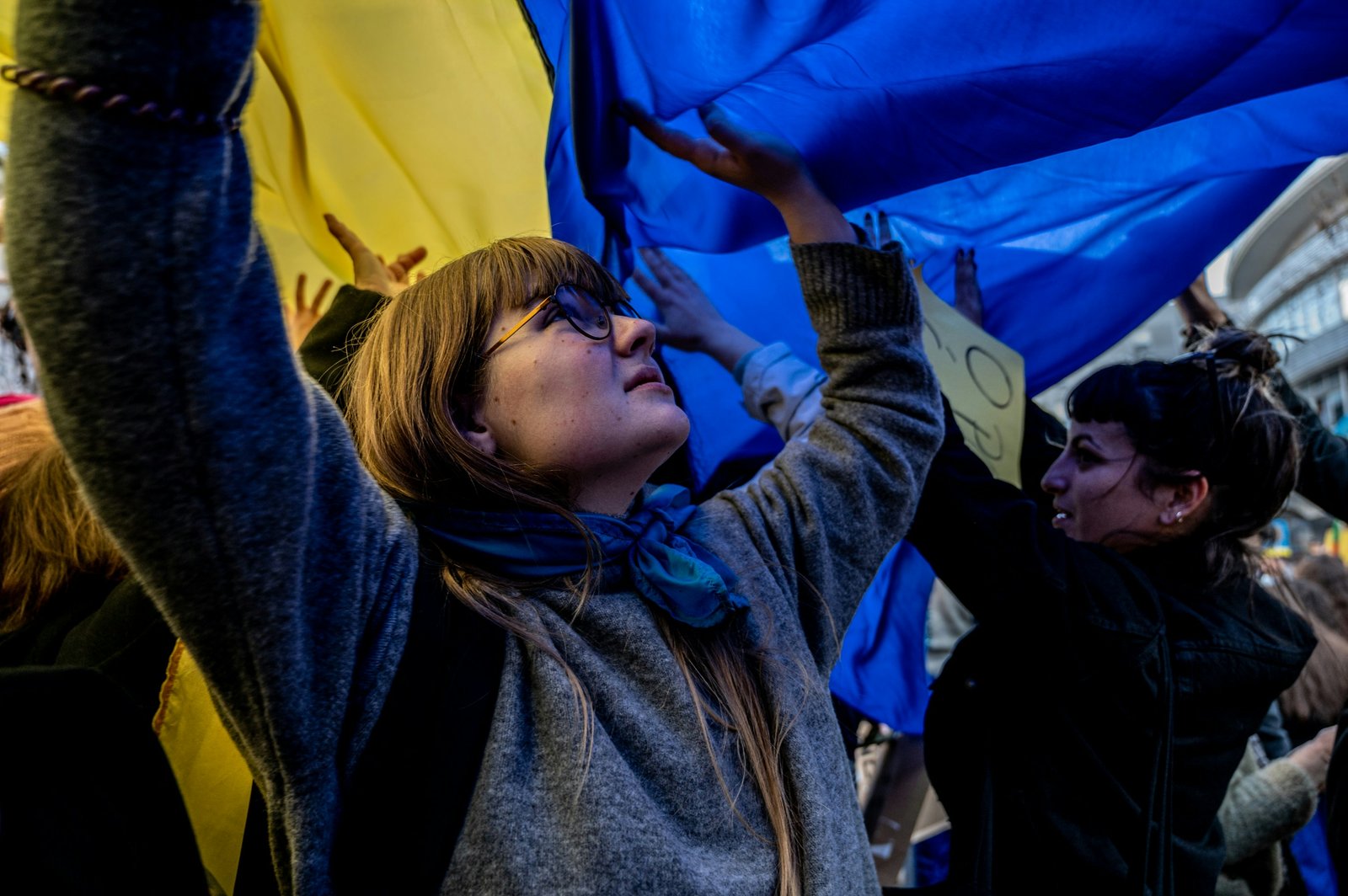Savage” Strike: Russian Attack on Passenger Train in Ukraine’s Sumy Region Injures 30 Citizens

On October 4, 2025, a shocking event unfolded in the Sumy region of northeastern Ukraine: a Russian strike targeted a passenger train at the Shostka railway station, injuring at least 30 people. The assault, denounced by Ukrainian leaders as brutal and deliberate, signals a dangerous intensification in attacks on civilian infrastructure. AP News+2Al Jazeera+2
This blog post dives into what is known about the attack, its broader context, and the implications as the war continues.
The Incident: What Happened in Shostka
The Strike & Immediate Aftermath
According to official statements, the strike was not random. Two passenger trains were hit in rapid succession—one local service and one bound for Kyiv. Reuters+3CBS News+3ABC+3 Among the more than 30 wounded were three children and railway personnel, including a cashier. Xinhua News+4AP News+4Al Jazeera+4
Photographs shared by local authorities show at least one carriage engulfed in flames, windows shattered, and the station damaged. Al Jazeera+2CBS News+2 Authorities deployed rescue teams immediately. Medics transported the injured to nearby hospitals, while first responders worked to evacuate others and secure the area. CBS News+2ABC+2
President Zelenskyy was quick to condemn the attack. He called it “savage,” declaring that Moscow could not have avoided knowing it was striking civilians. Al Jazeera+2AP News+2 Local and regional officials echoed that message, saying the strike aimed to paralyze critical railway links. Al Jazeera+3ABC+3CBS News+3
Strategic Location, Symbolic Target
Shostka lies only some 50–70 km from the Russian border. Its station is part of a network of rail lines that connect northeastern Ukraine to Kyiv and beyond. By choosing this target, the strike disrupts civilian transit, complicates logistics, and undermines morale in a region already vulnerable to cross-border bombardment. CBS News+3Al Jazeera+3ABC+3
Moreover, this is not an isolated incident. Over the past weeks and months, Russia has repeatedly struck railway infrastructure across Ukraine in what analysts say is a campaign to degrade mobility, supply chains, and national resilience. ABC+4Al Jazeera+4CBS News+4
The Broader Context: Why Railways Are Under Assault
Rail as Lifeline in War
In wartime Ukraine, railways have become more than just transport—they are lifelines. Trains carry civilians away from frontline zones, move essential goods, medical supplies, and are critical for logistical support to military units. Damaging railway lines or stations is a force multiplier: it amplifies disruptions far beyond the point of impact.
Russia’s focus on rail targets is a calculated tactic. Knocking out stations, bridges, or rolling stock forces Ukraine to re-route, slow down, or suspend transport, potentially isolating communities and generating chaos.
Winter & Strategic Timing
As winter approaches, the pressures on Ukraine mount. Power outages, heating shortages, fuel scarcities, and impaired mobility become more dangerous. By intensifying strikes on rail and energy infrastructure, Russia can exacerbate humanitarian hardships, erode public morale, and strain Ukraine’s capacity to resist. Reuters+3CBS News+3Al Jazeera+3
Civilians in the Crossfire
The line between military and civilian spaces is blurring in this conflict. Attacks like the Shostka strike increase risk to everyday citizens—the elderly, children, commuters—anyone using public transport. The pattern reflects an escalation in targeting infrastructure that is essential to civilian life.
Reactions & International Response
Ukraine’s Response
Kyiv’s leadership has expressed outrage. Zelenskyy and his administration have labeled the strike a war crime and called on global partners to respond more forcefully. Local officials have mobilized emergency aid, set up command centers, and pledged to restore railway functionality swiftly. Reuters+4Al Jazeera+4CBS News+4
Russia’s Silence & Propaganda
As of now, there is no verified Russian statement acknowledging the Shostka strike. In previous attacks, Russia has often denied targeting civilian infrastructure or claimed mistakes or alternative motives. The absence of clear public justification amplifies suspicions of intentional targeting. AP News+3Xinhua News+3Al Jazeera+3
Global Reaction
International media has quickly reported on the event, framing it as part of Russia’s intensifying assault on Ukraine’s critical infrastructure. Observers emphasize that such attacks may constitute violations of international humanitarian law. Reuters+2AP News+2 Calls have risen for stronger sanctions, expanded military support for Ukraine, and mechanisms to protect civilians in transit corridors.
What the Attack Signals & Future Risks
Intensification of Infrastructure Warfare
The Shostka strike is emblematic of an escalation—attacks are no longer confined to frontlines or military targets. Civil transport hubs are being weaponized. Railway stations, power lines, fuel depots—all vulnerable points in Ukraine’s framework—are increasingly under assault.
If such attacks continue, entire supply networks can be crippled, and movement of people (refugees, evacuation) becomes far riskier.
Humanitarian & Psychological Toll
The deeper risk lies in eroding civilian confidence. Commuters may avoid trains, supply distributions may slow, and communities may become more isolated. The psychological impact of living under constant threat—even in transit—cannot be underestimated.
Domino Effects on Logistics & War Effort
Ukraine depends on secure lines to mobilize resources, move troops, deliver essentials. Damage to rail routes can force detours, slow reinforcements or resupply, and impose greater costs. Over time, persistent disruption could constrain Ukraine’s operational flexibility.
Risk of Escalation & Retaliation
Such attacks may provoke sharp responses. Ukraine might intensify strikes on Russian logistics or infrastructure. International bodies could impose additional sanctions. The conflict may widen—militarily and diplomatically.
Conclusion
The October 4, 2025, attack on a passenger train at Shostka railway station in Sumy is not just a tragic event—it is a stark signal of how deeply the war is permeating infrastructure and civilian life. With around 30 people wounded—including children—the strike underscores the growing peril faced by ordinary Ukrainians just going about daily routines.
This incident should be seen in the wider pattern: Russia is aggressively targeting transport corridors and utilities, aiming to erode Ukraine’s resilience ahead of winter. The international community—with eyes on both strategic and humanitarian imperatives—may well need to respond in stronger, more protective ways.
Would you like me to generate a shorter news brief version of this post for social media, or suggest images you could attach?